
Destination
19:35, 16-Feb-2019
Israel to embrace more visitors, from China and worldwide
CGTN
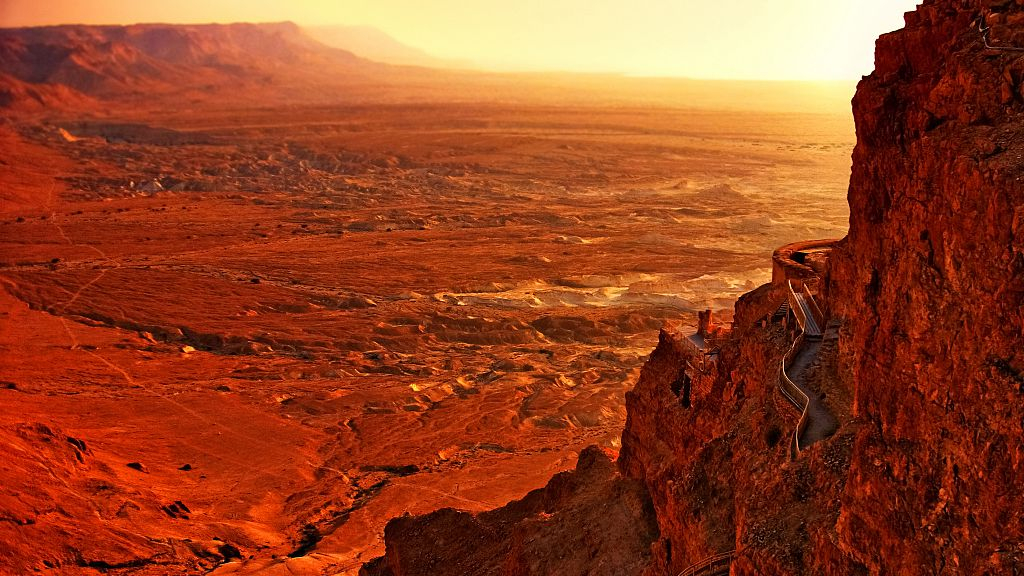
In recent years, the number of Chinese travelers in Israel has gone up.
According to statistics from Israel's tourism department, the country welcomed 105,000 Chinese tourists in 2018, a sharp increase compared with 47,000 in 2015.
Popular destinations for them include the three largest cities in Israel – Jerusalem, Tel Aviv, and Haifa – as well as places with rich cultural heritage and coastal views, such as Caesarea and the famous Dead Sea.
The increase of direct flights between China and Israel is one of the most important reasons for this development. This year, it is expected that there will be more direct flights between the two countries.
The other contributing factor is that Israel is bringing greater convenience to Chinese tourists. First, besides Beijing, Shanghai, and Guangzhou, an Israel visa center will soon open in China's southwestern city of Chengdu. Second, following AliPay's footsteps, WeChat Pay will make its debut in Israel in the first quarter of this year. Third, hotels in Israel have invited Chinese chefs to provide coaching for local chefs. Fourth, tourist spots have created signs in Chinese and will see an increase of Chinese-speaking tour guides.
Safety is another reason for the attraction of Chinese tourists. El Al Israel Airlines and the Israel's airports are known for their rigorous customs interviews. It is advised that you leave an additional hour on your schedule should you choose an Israeli airline. Language ability, namely fluency of English, is not something to worry about for passengers. There will be staff members that speak your language and make sure the quality of the security checks stay high. In Israeli cities, there will be armed patrols, so there is an extra layer of security for those wanting to go out at night.
Transportation
You can choose to take the train, bus, or rent a car for your trip. For example, if you land in Tel Aviv's Ben Gurion Airport, if Jerusalem is where you want to go, then we suggest you take the bus from Tel Aviv to Jerusalem, because the train does not take you to the city. You will need to take a 30-minute taxi after getting off. With buses, transfers are easy, and more importantly, less costly.
Should you choose to rent a car, cities such as Caesarea, Haifa, and Nazereth. Car rentals are all over Tel Aviv. The price is lower than taking public transportation, with a daily rental fee lower than 200 yuan (about 29.53 U.S. dollars), insurance included.
Without further ado, I suggest we start heading north for the beautiful view of Mediterranean Sea at Caesarea, the Bahai Gardens at Haifa, then back for the dead sea, and finally, Tel Aviv and Jerusalem.
Caesarea
Caesarea is a north central town in Israel, located between Tel Aviv and Haifa, about 40 minutes' drive north of Tel Aviv. It is the only privately organized locality in Israel, with a population of about 5,127. The Rothschild Corporation set up foundation here and developed local tourism. The Rothschild family once agreed to transfer most of its land holdings to the established state of Israel, then leased it back to a new charitable foundation. Some of the Caesarea local residents commute to Tel Aviv or Haifa to work.
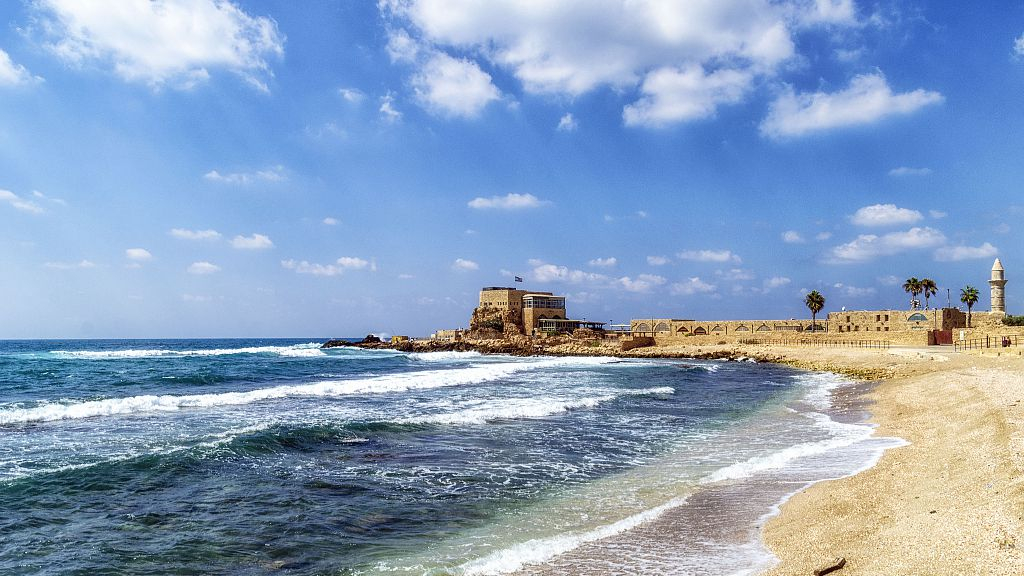
Caesarea Matritima /VCG Photo
Caesarea Matritima /VCG Photo
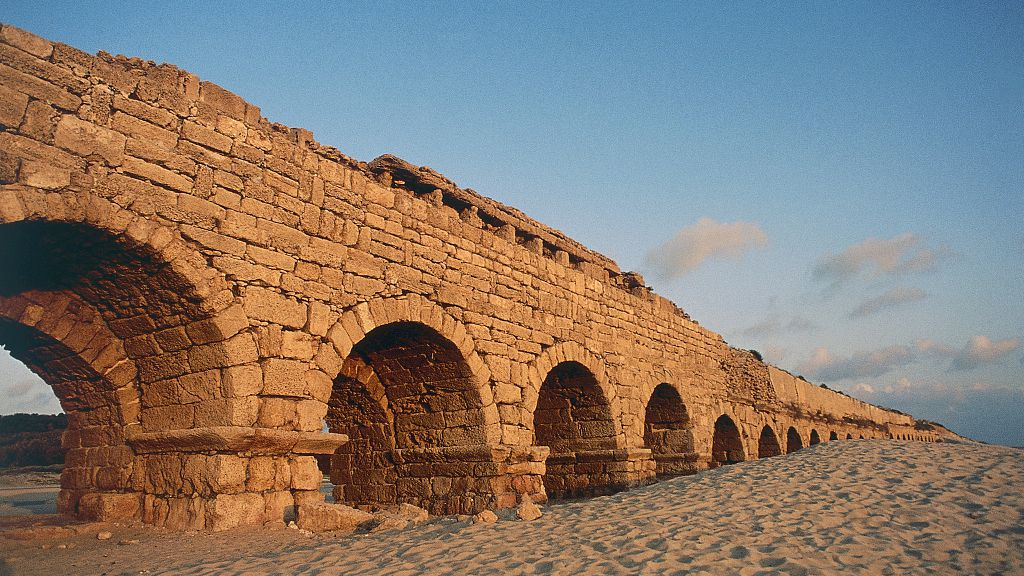
Roman architecture at Caesarea /VCG Photo
Roman architecture at Caesarea /VCG Photo
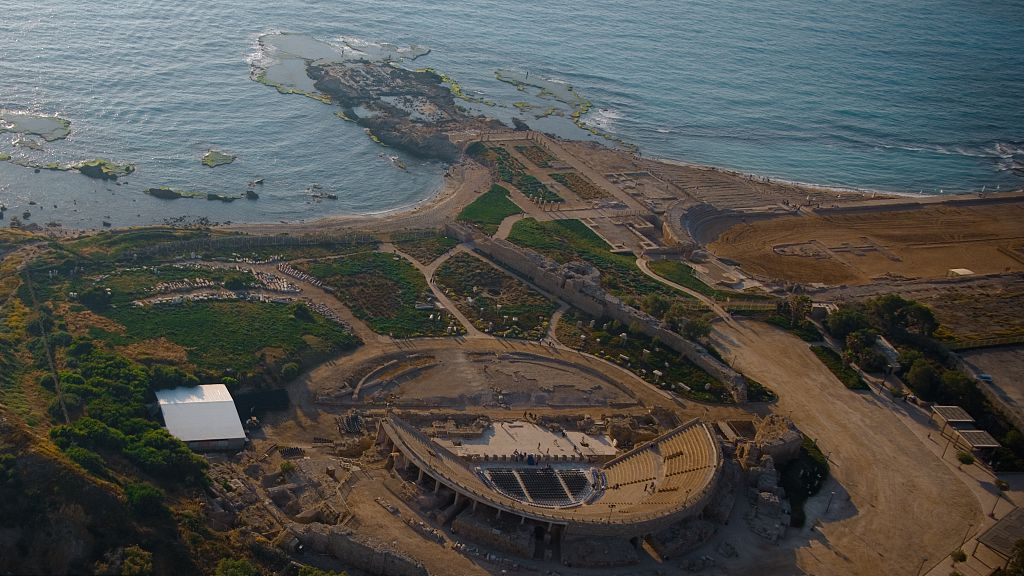
The Roman Theatre at Caesarea /VCG Photo
The Roman Theatre at Caesarea /VCG Photo
Haifa
Haifa is the third largest city in Israel, home to the Bahai World Centre, the ultimate destination for Bahai pilgrims, and also a UNESCO World Heritage Site. The Bahai Gardens is part of the Bahai World Centre.
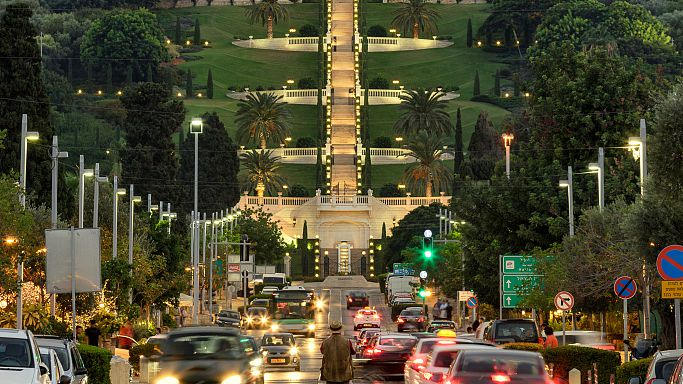
A view of the Bahai Garden from street at its foot /VCg Photo
A view of the Bahai Garden from street at its foot /VCg Photo
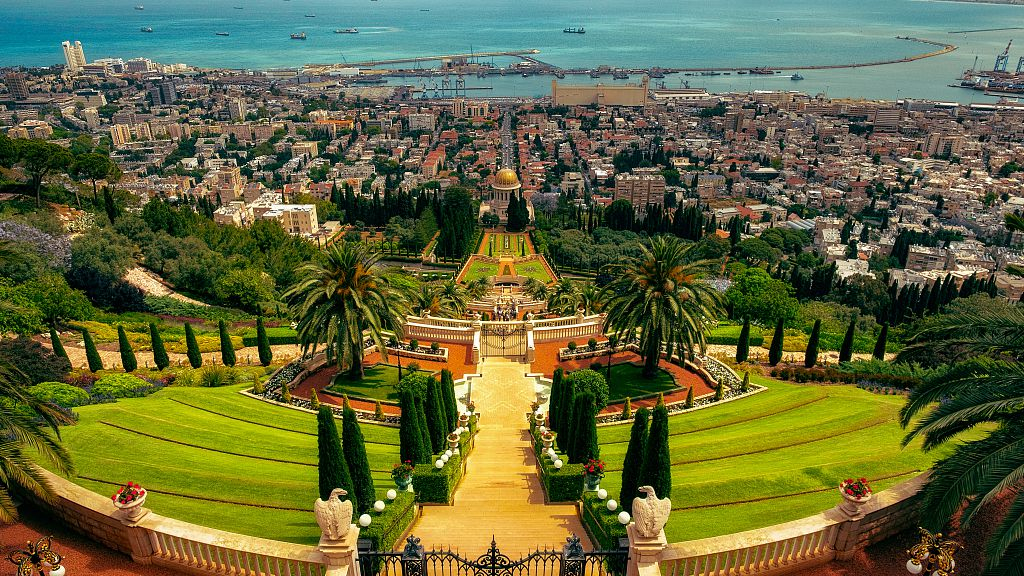
A view of the Bahai Garden from its top /VCG Photo
A view of the Bahai Garden from its top /VCG Photo
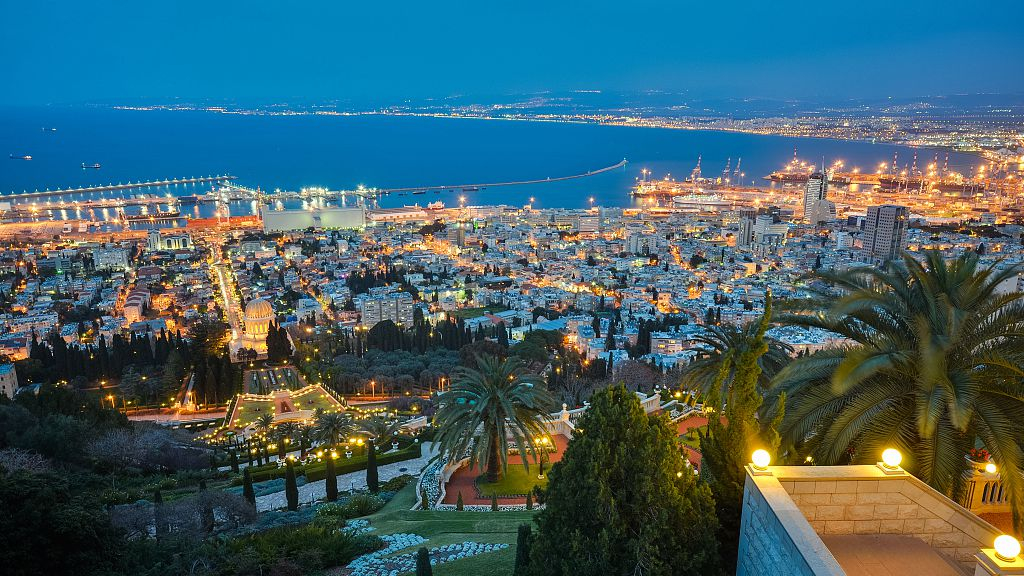
The Bahai Gardens and bay at dusk /VCG Photo
The Bahai Gardens and bay at dusk /VCG Photo
The Dead Sea
The Dead Sea is a salt lake that has attracted travelers from around the Mediterranean Basin for thousands of years. It was one of the world's first health resorts. People use its salt and minerals to produce cosmetics and herbal sachets.

A traveler floating and reading in the dead sea /VCG Photo
A traveler floating and reading in the dead sea /VCG Photo
Tel Aviv-Yafo
Located at the country's Mediterranean coastline, Tel Aviv-Yafo is the second largest in Israel. Tel Aviv was founded in 1909 by Jewish residents, Yishuv, as a modern estate on the outskirts of the ancient city of Jaffa, while Jaffa, as one of the oldest port cities in the world, emerged with Tel Aviv in 1949 as Tel Aviv-Yafo.
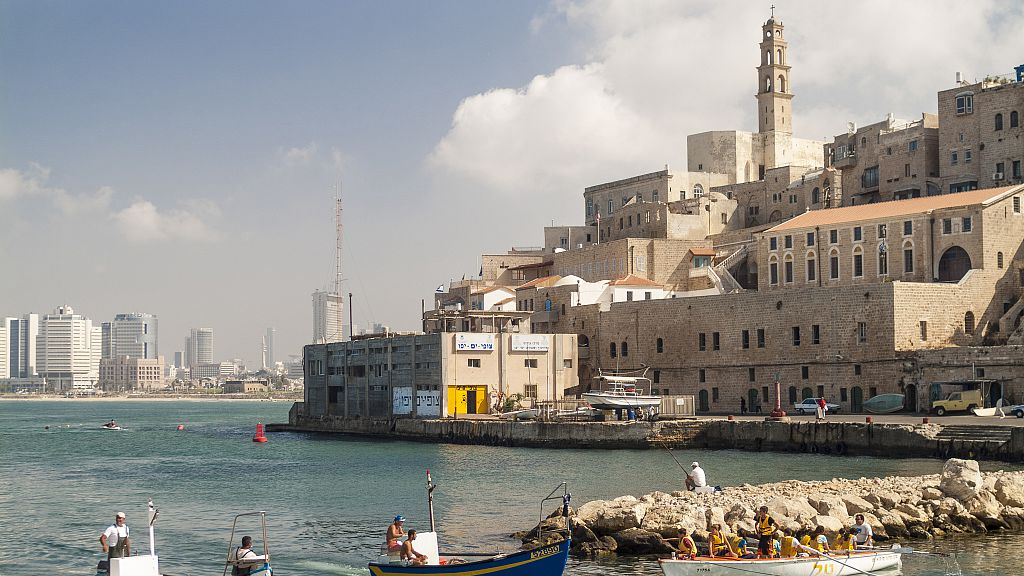
Harbor and old town, Jaffa, Tel Aviv /VCG Photo
Harbor and old town, Jaffa, Tel Aviv /VCG Photo
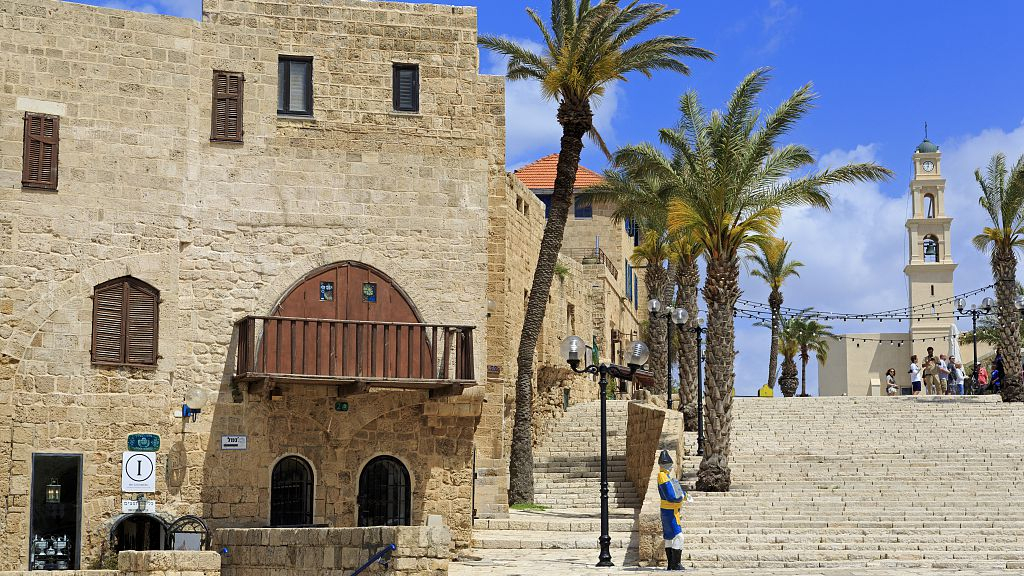
Kedumim Square, Old Jaffa, Tel Aviv /VCG Photo
Kedumim Square, Old Jaffa, Tel Aviv /VCG Photo
Jerusalem
Jerusalem is one of the oldest cities in the world, and is considered holy to the three major Abrahamic religions– Judaism, Christianity, and Islam.The Jerusalem Old City is an area of about 0.9 square kilometers within the modern city of Jerusalem, where the Wailing Wall is located. Yad Vashnem is the country's official memorial to the victims of the Holocaust, honoring Jews who bravely fought against Nazi oppressors and Gentiles who offered help to the Jews.
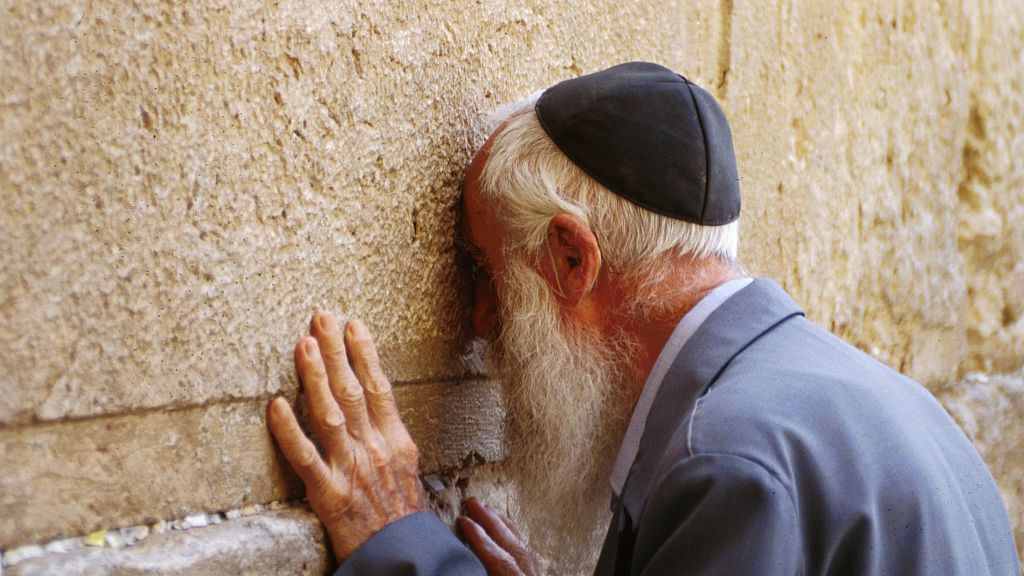
A man at the wailing wall /VCG Photo
A man at the wailing wall /VCG Photo
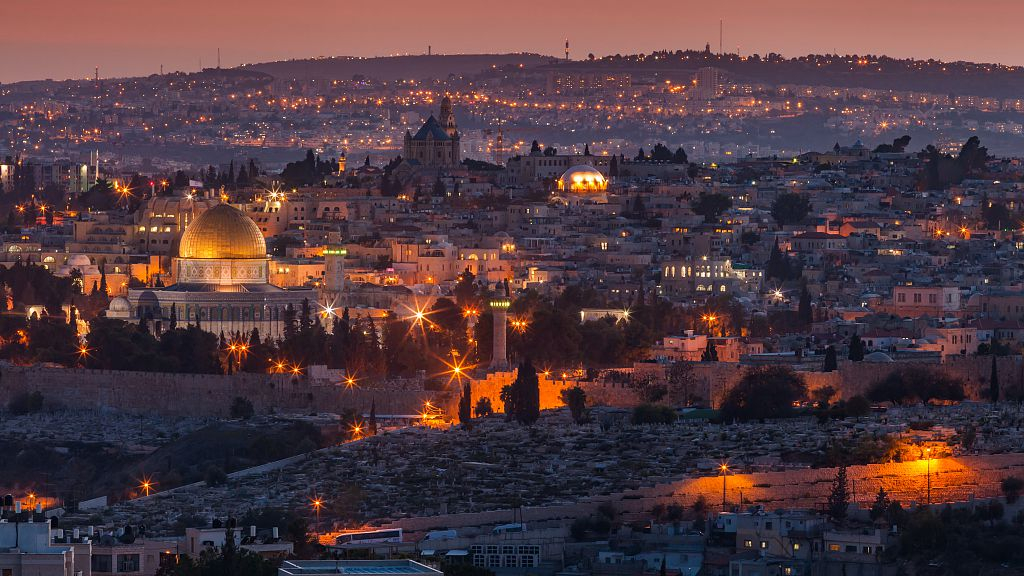
And evening view of Jerusalem Old City /VCG Photo
And evening view of Jerusalem Old City /VCG Photo
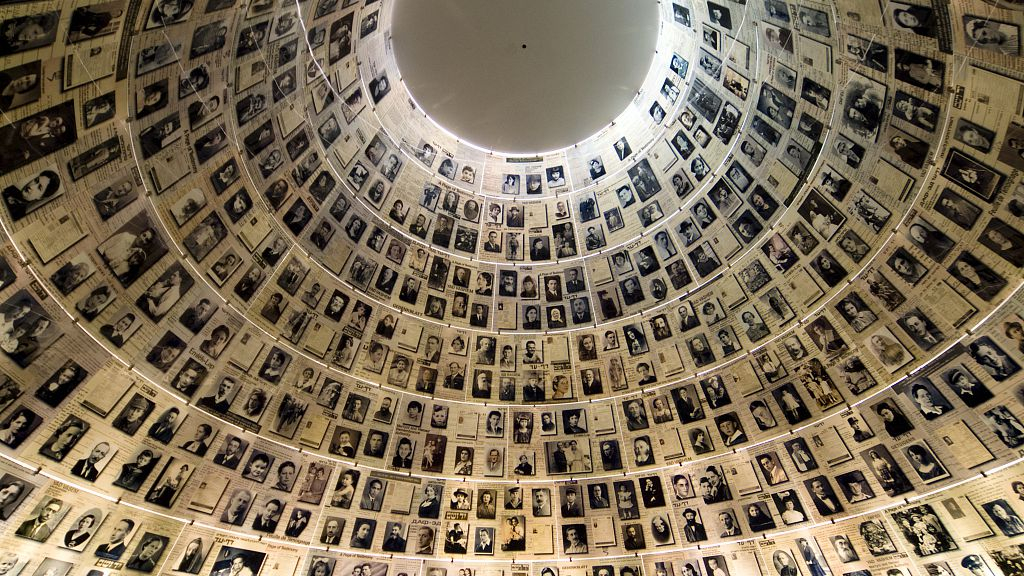
The New Yad Vashem Museum /VCG Photo
The New Yad Vashem Museum /VCG Photo
(With input from Xinhua News Agency)
(Cover: Sunrise over Masada on the eastern edge of the Judaean Desert, Israel /VCG Photo)

SITEMAP
Copyright © 2018 CGTN. Beijing ICP prepared NO.16065310-3
Copyright © 2018 CGTN. Beijing ICP prepared NO.16065310-3